Although cupping therapy is generally regarded as safe when administered by qualified practitioners, it does involve certain risks and potential adverse effects. Safety and precautionary measures that should be taken into account are as follows:
Pre-Treatment Considerations
- Consultation with Healthcare Provider: Prior to commencing cupping therapy, it is imperative to consult with a healthcare provider, particularly if you are taking medications or have underlying health conditions.
- Qualified Practitioner: Ensure that the practitioner is licensed and has experience in cupping therapy. Verify their credentials and the reviews of other patients.
- Medical History: Please provide the practitioner with a comprehensive account of your medical history, including any allergies, blood disorders, or skin conditions.
During Treatment
- Cleanliness and Sterilization: Ensure that all equipment is sterilized and that the practitioner adheres to rigorous sanitation protocols to prevent the transmission of infections.
- Skin Inspection: Prior to administering the cups, the practitioner should examine the skin to detect any cuts, wounds, or skin infections in the treatment area.
- Pain and Discomfort: If you experience substantial pain or distress during the session, please inform the practitioner. It is common to experience mild discomfort; however, any pain that is excessive should be promptly addressed.
- Cup Placement and Duration: To prevent excessive skin irritation or discoloration, it is essential to ensure that the cups are placed correctly and that the duration is appropriate (usually 5-20 minutes).
Post-Treatment Care
- Skin Care: The treated area may be sensitive following the session. Maintain the cleanliness and moisture of the region. For a minimum of 24 hours, refrain from subjecting the treated epidermis to extreme temperatures, such as hot showers or sun exposure.
- Monitoring for Adverse Effects: Observe for indications of infection, including increased redness, edema, warmth, or pus. Promptly seek medical attention if any of these occur.
- Rest and Hydration: In order to facilitate your body’s recovery from the treatment, it is important to rest and consume an abundance of water.
Potential Side Effects
- Bruising: Circular marks and bruises are frequent and typically innocuous. They typically dissipate within a week
- Soreness: It is common for the treated area to experience some degree of soreness or tenderness, which should resolve within a few days.
- Skin Irritation: Mild skin irritation, such as itching or erythema, may manifest; however, it should subside spontaneously.
When to Avoid Cupping Therapy
- Pregnancy: Cupping should be avoided during pregnancy, particularly on the abdomen and lower back.
- Skin Conditions: Cupping should not be performed on areas with skin conditions, including eczema, psoriasis, or open lesions.
- Bleeding Disorders: Due to the elevated risk of bruising and hemorrhage, individuals with bleeding disorders or those taking blood-thinning medications should refrain from engaging in cupping.
- Severe Illness: Cupping therapy should be avoided by individuals with severe health conditions, including malignancy, organ failure, or severe cardiovascular disease, unless a healthcare provider has recommended otherwise.
Special Considerations
- Hydration: To facilitate a favorable response to the treatment, it is important to maintain adequate hydration both prior to and following the session.
- Feedback to Practitioner: Please provide the practitioner with feedback regarding your experience, including any positive or negative results, in order to ensure that future sessions are customized to your specific requirements..
- Gradual Introduction: If you are new to cupping, it may be beneficial to begin with shorter sessions and fewer cups to observe your body’s reaction.
To guarantee that cupping therapy is both secure and beneficial, it is important to adhere to these safety and precautionary measures. Always prioritize professional guidance and maintain open communication with your healthcare provider and practitioner.

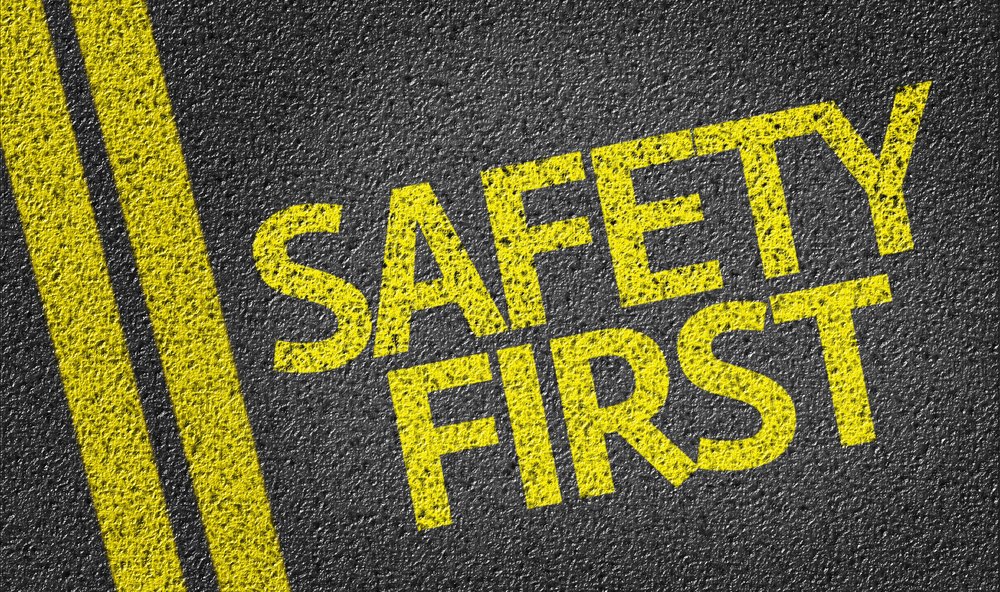
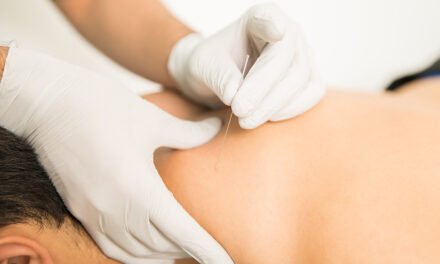
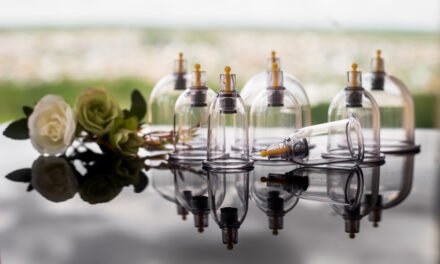
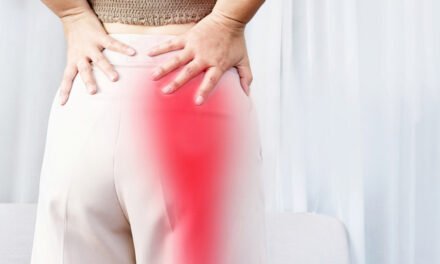


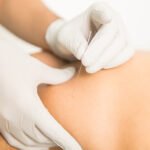


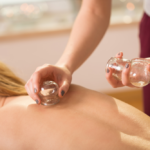
Thank you for being of assistance to me. I really loved this article. http://www.kayswell.com
Can you write more about it? Your articles are always helpful to me. Thank you! http://www.ifashionstyles.com
You’ve been great to me. Thank you! http://www.ifashionstyles.com
Greetings! Very helpful advice in this particular article! It’s the little changes that will make the most significant changes. Thanks a lot for sharing!